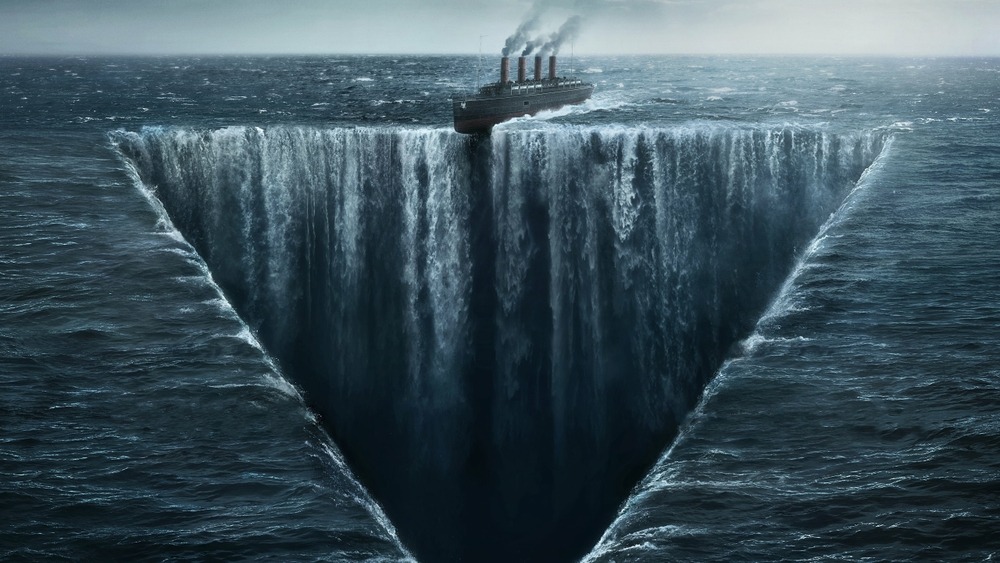The Bermuda Triangle, a region of the Atlantic Ocean stretching between Miami (Florida), Bermuda (UK overseas territory), and San Juan (Puerto Rico), has long been associated with unexplained disappearances of ships and aircraft. While the area has inspired countless legends, scientific analysis provides plausible explanations for many of the incidents attributed to this region. This article examines historical cases, debunks myths, and highlights the natural phenomena and human errors that likely explain the mystery—while also revisiting some of the most chilling tales that continue to captivate imaginations.
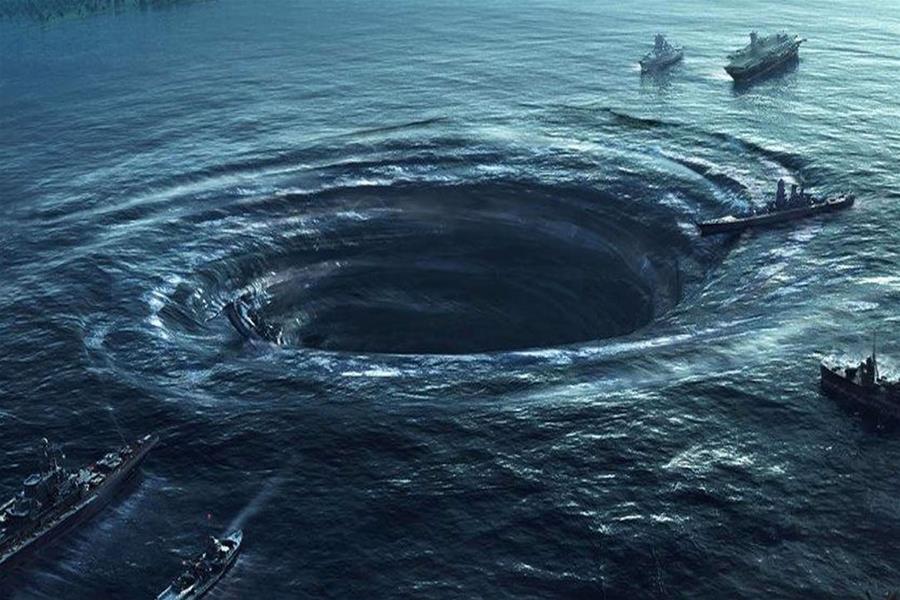
Where Is the Bermuda Triangle?
The Bermuda Triangle covers approximately 500,000 square miles of ocean. Though not officially recognized as a geographic or scientific area, it is commonly defined by its three points: Miami (Florida), San Juan (Puerto Rico), and Bermuda. This heavily traveled route sees thousands of ships and aircraft pass through safely each year.
A History of Reported Disappearances
USS Cyclops (1918)
- A U.S. Navy fuel ship carrying 309 people vanished without a trace en route from the Caribbean to Baltimore.
- Despite modern search technologies and distress systems, no wreckage or distress signals were ever found.
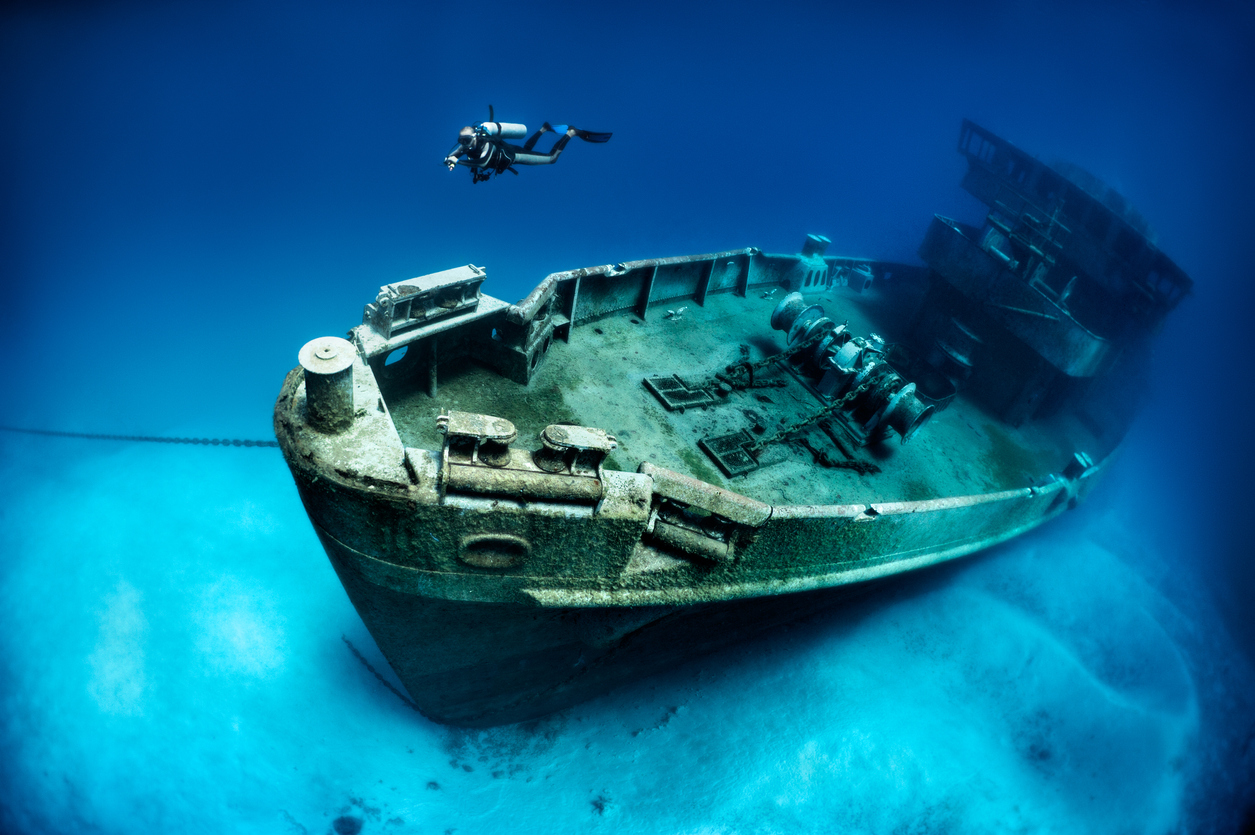
USS Proteus and USS Nereus (1941)
- Sister ships of the Cyclops, both disappeared in similar conditions within a month of each other.

Flight 19 (1945)
- Five TBM Avenger torpedo bombers disappeared during a training flight from Fort Lauderdale.
- Radio transmissions indicate the lead pilot was disoriented by compass malfunctions.
- A rescue aircraft also vanished while searching for them.

DC-3 Commercial Flight (1948)
- Disappeared while approaching Miami with 31 people on board.
- The pilot made contact for landing clearance shortly before the aircraft vanished.
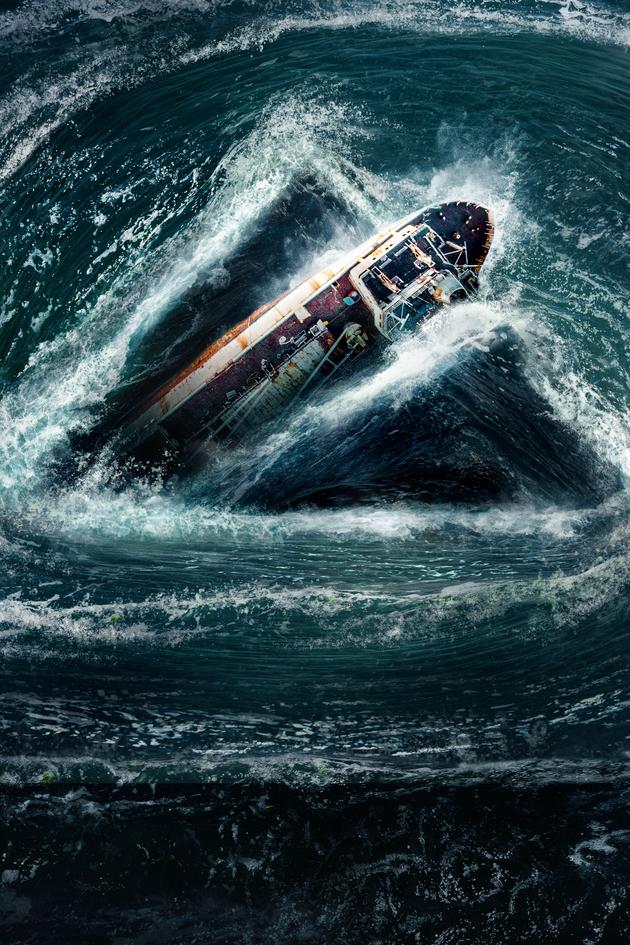
Avro Tudor Aircraft (1948 & 1949)
- Two separate British planes disappeared without leaving any wreckage.
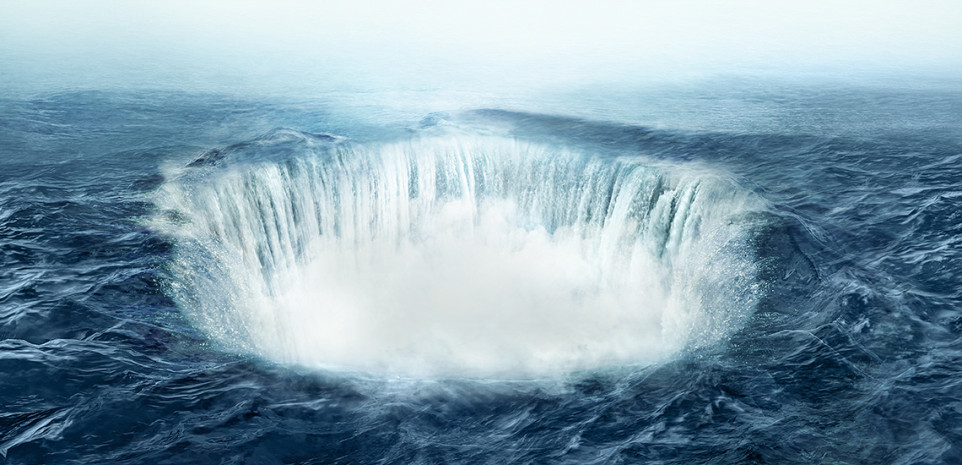
SS Marine Sulphur Queen (1963)
- An American tanker with 39 crew members disappeared. Only small debris and life vests were found after two weeks.
These cases, often cited in reports about the Bermuda Triangle, involve no distress calls or conclusive evidence, which adds to their intrigue.
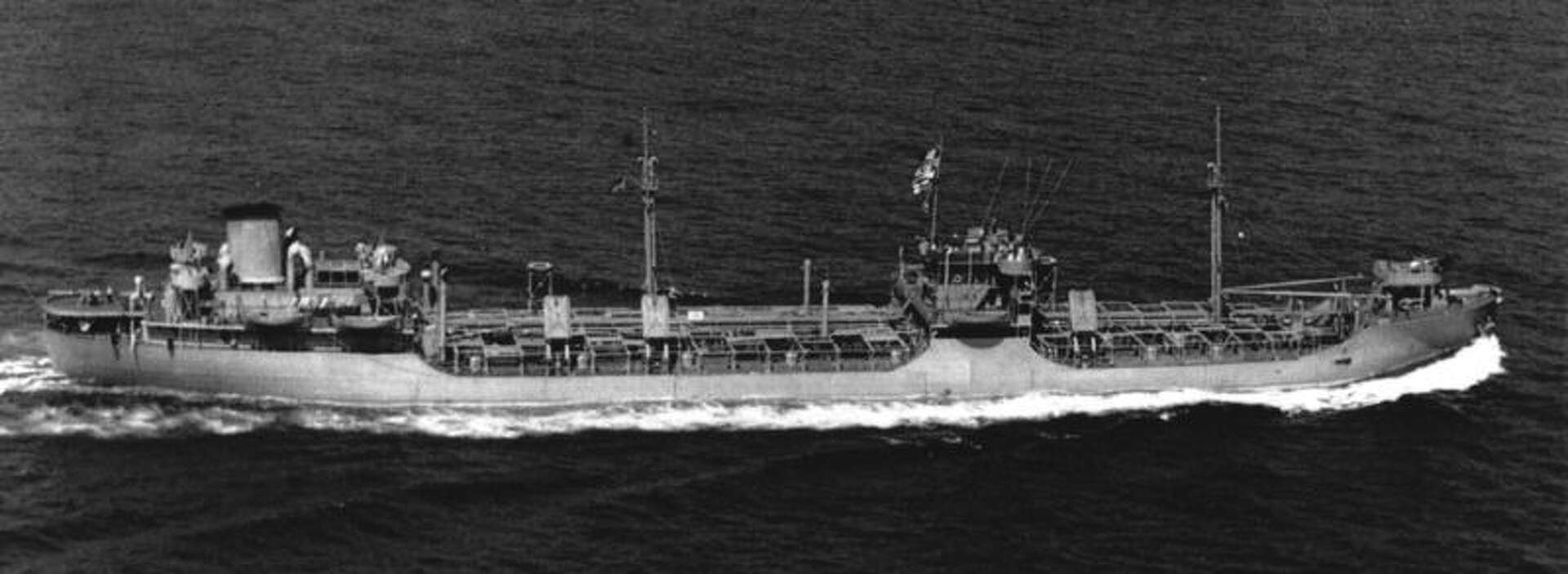
A Story Shrouded in Mystery: The Phantom Ship Encounter
One of the most haunting tales linked to the Bermuda Triangle is that of the Ellen Austin in 1881. The American vessel, sailing from Liverpool to New York, reportedly encountered a derelict ship drifting aimlessly in the Sargasso Sea. Believing it to be an abandoned prize, the captain sent a boarding crew to take command and sail it alongside. However, a sudden storm separated the ships. When the Ellen Austin found the vessel again, the crew it had placed aboard had vanished—without a trace. A second crew was sent, but this time, the mysterious ship disappeared into the fog and was never seen again. While this story remains unverified, it exemplifies the eerie atmosphere surrounding Bermuda Triangle legends.
Investigating the Causes

Natural Phenomena
-
Gulf Stream Currents
- A powerful, fast-moving ocean current flows through the area, potentially carrying wreckage far from the point of disappearance, making recovery difficult.
-
Methane Hydrate Eruptions
- Methane gas trapped beneath the ocean floor could, in theory, erupt and reduce water density, sinking ships instantly.
- However, U.S. Geological Survey experts note that there’s no evidence of recent methane releases in this area; the last major event occurred over 15,000 years ago.
-
Extreme Weather
- The region is prone to hurricanes, white squalls, and sudden storms that can strike with little warning.
- Waterspouts (tornadoes over water) may also pose threats to low-flying aircraft and vessels.
-
Magnetic Variations
- Some navigators reported compass anomalies. However, studies show the area does not have unusual magnetic properties compared to other regions.
The Human Factor
- Pilot or Captain Error: Navigation mistakes and judgment errors are responsible for a significant percentage of maritime and aviation accidents.
- Mechanical Failure: Aging equipment or poorly maintained vessels may fail during storms or over long distances.
- Psychological Bias: The Baader-Meinhof phenomenon explains why people remember bizarre incidents but overlook the thousands of uneventful crossings.
The Role of Fiction and Sensationalism
The term “Bermuda Triangle” gained popularity in 1964 after a magazine article highlighted a series of mysterious disappearances. However, investigations—such as those by researcher Larry Kusche—have shown that many stories are exaggerated or factually inaccurate.
Even Shakespeare’s play The Tempest is sometimes loosely linked to Bermuda’s shipwreck history, though no concrete connection exists.
One famous myth, the disappearance of the Mary Celeste, is often mistakenly tied to the Triangle. In reality, the ship was found adrift near Portugal.
Real Discovery: SS Cotopaxi
In 2020, marine researchers discovered the wreck of the SS Cotopaxi off the coast of Florida, nearly a century after it vanished in 1925. Analysis showed it sank during a storm due to its poor condition—not due to mysterious forces.
Final Thoughts
Despite its reputation, the Bermuda Triangle is not more dangerous than other heavily traveled ocean regions. The U.S. government does not recognize it as a hazardous area, and data shows no statistically abnormal incident rate.
Still, tales like that of the Ellen Austin remind us of the enduring power of mystery. The Bermuda Triangle captivates not because of what science cannot explain, but because of the space it leaves for imagination, fear, and wonder.
